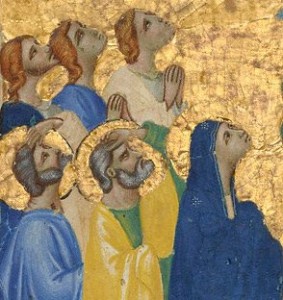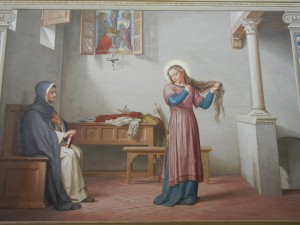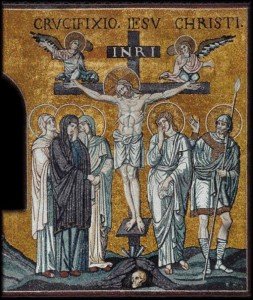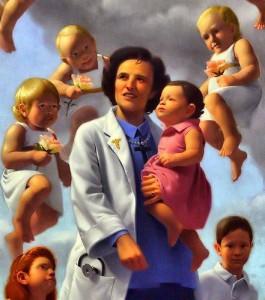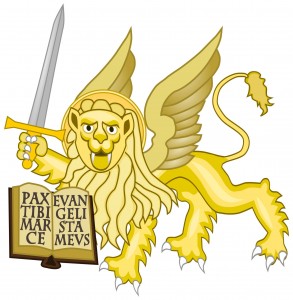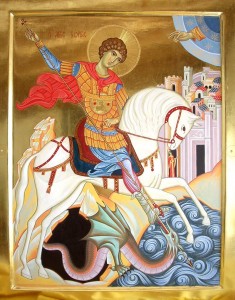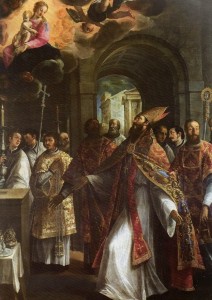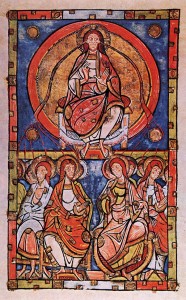 Beginning today, we need to make the petition to the Holy Spirit through a Novena asking that the Holy Spirit to bestow onus His seven gifts and the twelve fruits. The seven gifts of the Spirit: “wisdom, understanding, counsel, fortitude, knowledge, piety, and fear of the Lord. They belong in their fullness to Christ, Son of David” (Catechism, 1831).
Beginning today, we need to make the petition to the Holy Spirit through a Novena asking that the Holy Spirit to bestow onus His seven gifts and the twelve fruits. The seven gifts of the Spirit: “wisdom, understanding, counsel, fortitude, knowledge, piety, and fear of the Lord. They belong in their fullness to Christ, Son of David” (Catechism, 1831).
And, “The [12] fruits of the Spirit are perfections that the Holy Spirit forms in us as the first fruits of eternal glory. The tradition of the Church lists twelve of them: ‘charity, joy, peace, patience, kindness, goodness, generosity, gentleness, faithfulness, modesty, self-control, chastity’” (Catechism, 1832).
The prayers:
ACT OF CONSECRATION TO THE HOLY SPIRIT
On my knees before the great multitude of heavenly witnesses I offer myself, soul and body, to You, Eternal Spirit of God. I adore the brightness of Your purity, the unerring keenness of Your justice and the might of Your love. You are the Strength and Light of my soul. In You I live and move and am. I desire never to grieve You by unfaithfulness to grace and I pray with all my heart to be kept from the smallest sin against You. Mercifully guard my every thought and grant that I may always watch for Your light and listen to Your voice and follow Your gracious inspirations. I cling to You and give myself to You and ask You by Your compassion to watch over me in my weakness. Holding the pierced Feet of Jesus and looking at His Five Wounds and trusting in His Precious Blood and adoring his opened Side and stricken Heart, I implore You, Adorable Spirit, Helper of my infirmity, so to keep me in Your grace that I may never sin against You. Give me grace, O Holy Ghost, Spirit of the Father and the Son to say to You always and everywhere, “Speak, Lord, for Your servant hearth.” Amen.
PRAYER FOR THE SEVEN GIFTS OF THE HOLY SPIRIT
Christ Jesus, before ascending into heaven, You promised to send the Holy Spirit to Your apostles and disciples.
Grant that the same Spirit may perfect in our lives the work of Your grace and love.
Grant us the Spirit of Fear Of The Lord that we may be filled with a loving reverence toward You.
the Spirit of Piety that we may find peace and fulfillment in the service of God while serving others;
the Spirit of Fortitude that we may bear our cross with You and, with courage, overcome the obstacles that interfere with our salvation;
the Spirit of Knowledge that we may know You and know ourselves and grow in holiness;
the Spirit of Understanding to enlighten our minds with the light of Your truth;
the Spirit of Counsel that we may choose the surest way of doing Your will, seeking first the Kingdom;
Grant us the Spirit of Wisdom that we may aspire to the things that last forever; Teach us to be Your faithful disciples and animate us in every way with Your Spirit. Amen.
